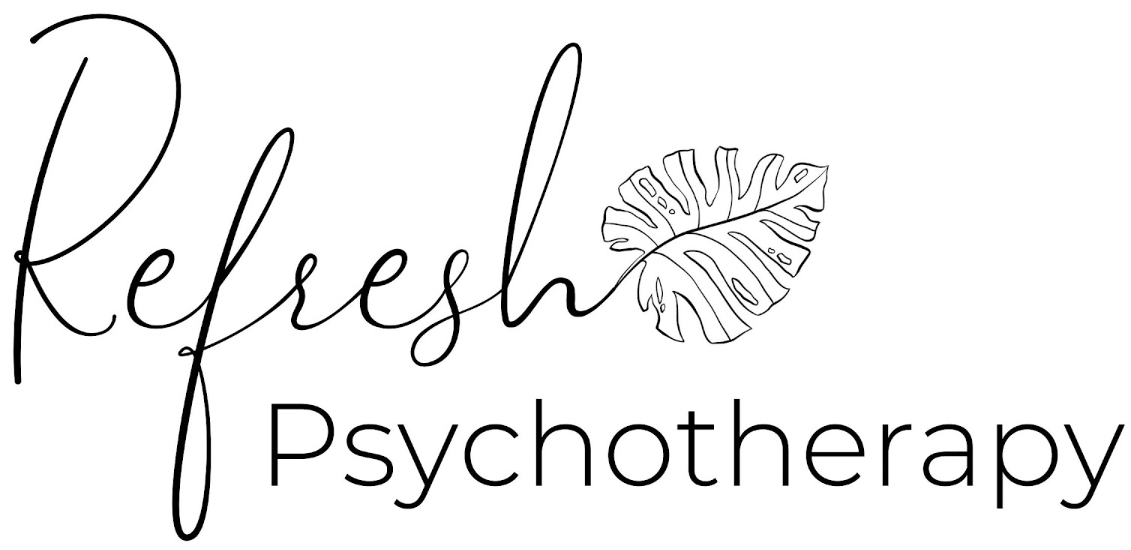5 Techniques to Conquer Anxiety and Realign with Joy
There is no denying the intensity of the moment. The constant barrage of stimulation from all directions can be astounding, and it is very easy to be consumed by overwhelming anxiety. Here are 5 ways to pause and address your anxiety, so that you can restore calm and refocus on joy:
- STOP! Check in with yourself. Often we are so used to living with some level of anxiety and overwhelm that we aren’t fully conscious of it. We just know that we feel off. Sometimes our anxiety is very pronounced and we are quite aware of its presence. Yet, there are many times that our anxiety is less obvious and sort of lingering close by, causing us to feel discomfort. Pausing for a moment to check in with ourselves and explicitly asking, “what exactly am I anxious about?” can help us get to the root of our discomfort.
- Establish the core emotion underneath the anxiety. There are 7 core emotions: sadness, fear, anger, disgust, joy, excitement and sexual excitement. Anxiety is considered a secondary emotion that is often a response to feeling a core emotion. Sometimes our brains will use anxiety to protect us from feeling an emotion we find threatening. For example, experiencing anxiety because you are angry. Even positive experiences can cause us to feel anxious. For instance, being anxious after getting a new job due to fears about having to deliver. Whenever we feel uneasy because of anxiety, it’s best that we dig deeper and address what is really going on for us.
- Go in. Sometimes getting to that core emotion requires an extended analysis of our inner world. Being inundated all day, every day with notifications, ads, news, messaging and so on can create a lot of mental noise for us. Meditation is one way that we can pause and tune into ourselves. Journaling is also an effective way to be with and observe our thoughts. Both journaling and meditation are great ways to slow down and notice those thoughts that have us on edge. Noticing the narratives on autoplay in our mind gives us a chance to confront them and perhaps get rid of them. Journaling and meditation can help us become aware of the stories we live with. This awareness makes it easier to notice things like when our inner saboteur is talking to us. We can then tell it ‘beat it’ quicker.
- Get out. On the other hand, it may be helpful to get out of our heads by connecting with another person. Therapy is one of the most effective ways to get back into the real world. Being with someone we feel safe and comfortable with can be very soothing. Speaking to someone else is a great way to get away from “the committee” in your mind. The committee being the various threatening thoughts and voices whirling around in our heads, often spewing antagonistic messages and/or bad advice.
- Work it out. Exercise can be great for reducing our anxiety. Working out releases feel-good endorphins in our brain. Having a gym membership in conjunction with seeing a therapist can enhance our overall sense of well being. A great gym with a good group fitness schedule offers many options for us to find the class that puts us in a state of flow. Being in a flow state allows us to be in the moment and puts space between our minds and those nagging thoughts.
Combining meditation, fitness, and therapy creates a wellness regimen that is holistic. The anxiety produced by these uncertain times doesn’t stand a chance against a complete mental, physical, and spiritual self care regimen. Just remember that the first step to rejuvenation is to pause and stop anxiety in its tracks.
Written by Antonio Thomas, MSW











































